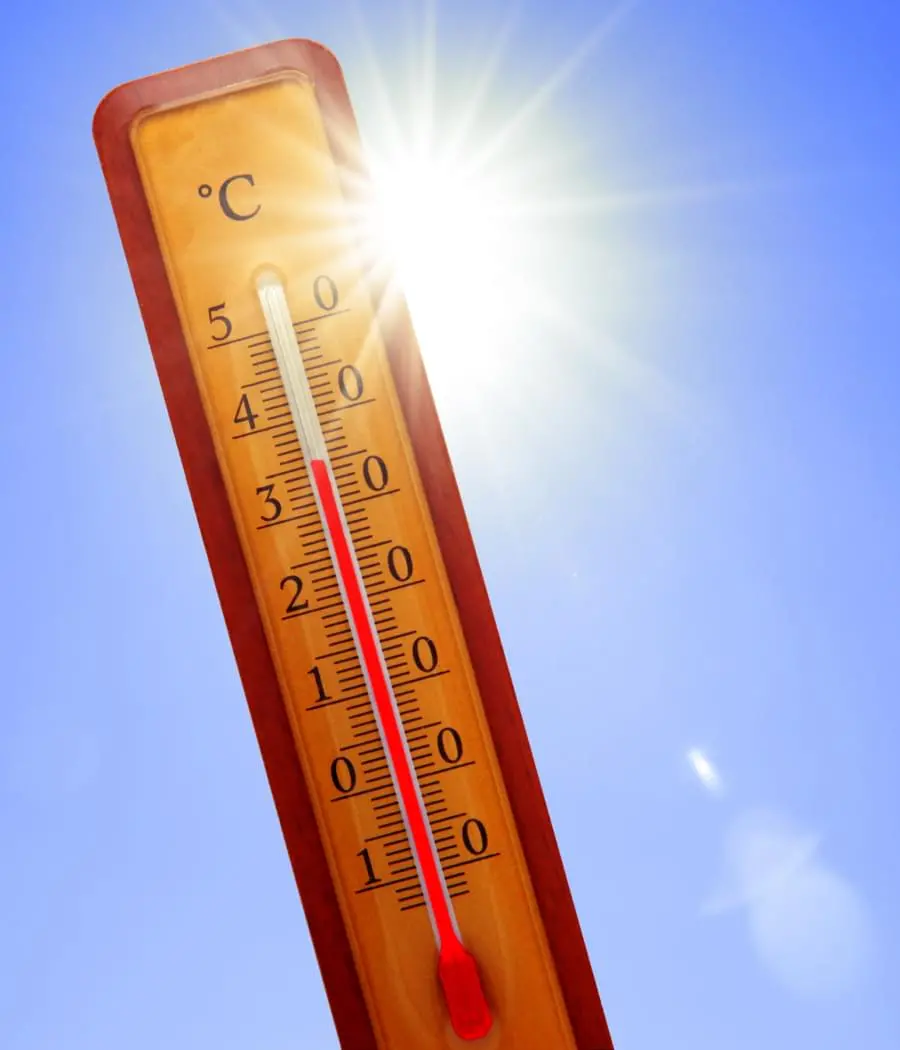




Quick Links:

The safety and well-being of personnel in our workplace campus facilities is a top priority. The Health & Safety team has a governing and compliance role to oversee work performed in workplace Campus Facilities. To this end, they oversee work done by service providers and contractors, and all operation and maintenance activities.
The Health & Safety team serves to keep Campus Facilities safe and productive in a number of ways. Training programs are provided on important topics, health and safety campaigns are conducted to raise awareness, periodic safety inspections, walkthroughs and audit investigations are conducted to ensure implementation of safety measures and compliance with KAUST HSE procedures. We are also involved during the planning of major events, such as Commencement and WEP to ensure the health and safety of our Community and guests.
The Health & Safety team at KAUST provides indispensable expertise and services to protect and enhance the health, safety, and environment of KAUST facilities. Core program areas where Health & Safety work closely with service providers to manage risk and assess for compliance are found in these program areas which all require a permit to work: Work at Heights, Crane Lifting Confined Spaces, Hot Work, High Pressure Systems, Electrical Work, Excavation, Road Closure
The Occupational Health and Safety Management System (OHSMS) is a safety governance tool that facilitates the implementation of the Health, Safety, and Environment Policy at KAUST, which aids in fostering a safe and healthy place to work, learn and live.
Implementing the OHSMS was a strategic and operational decision, and its success relies on leadership, commitment, and participation from all organizational levels in KAUST.
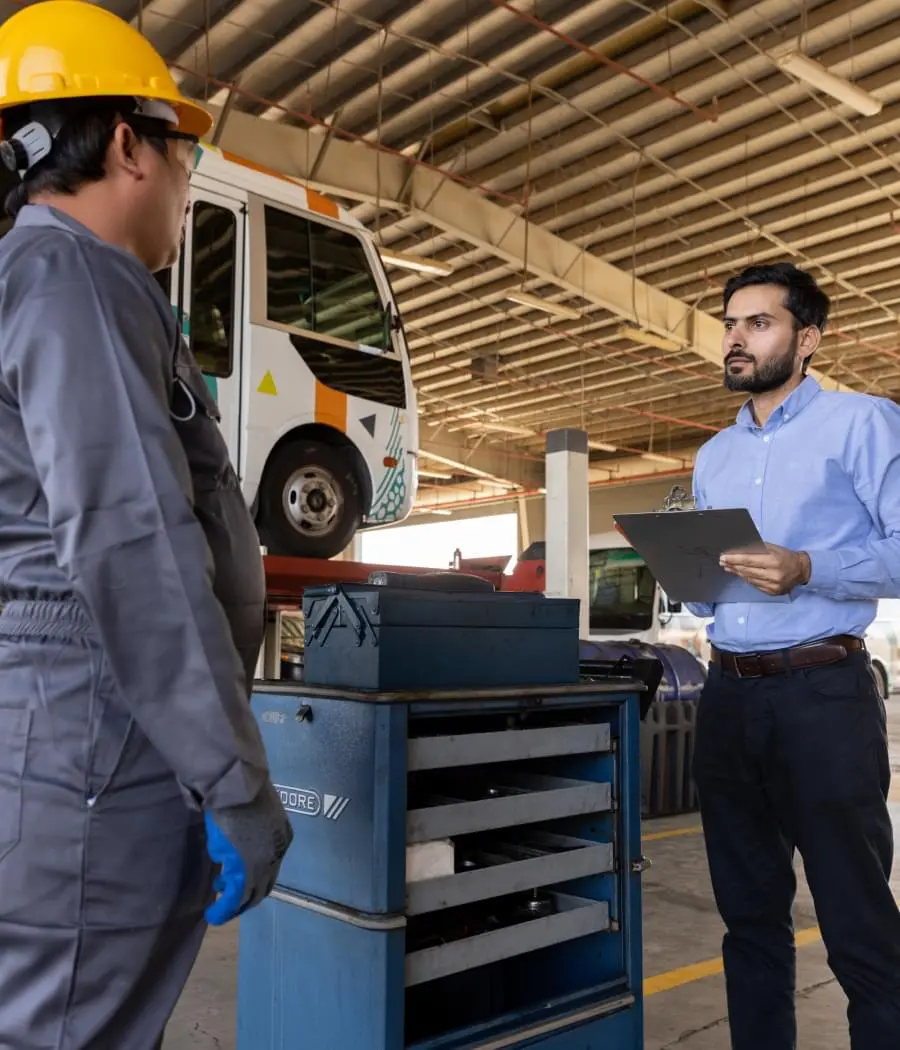
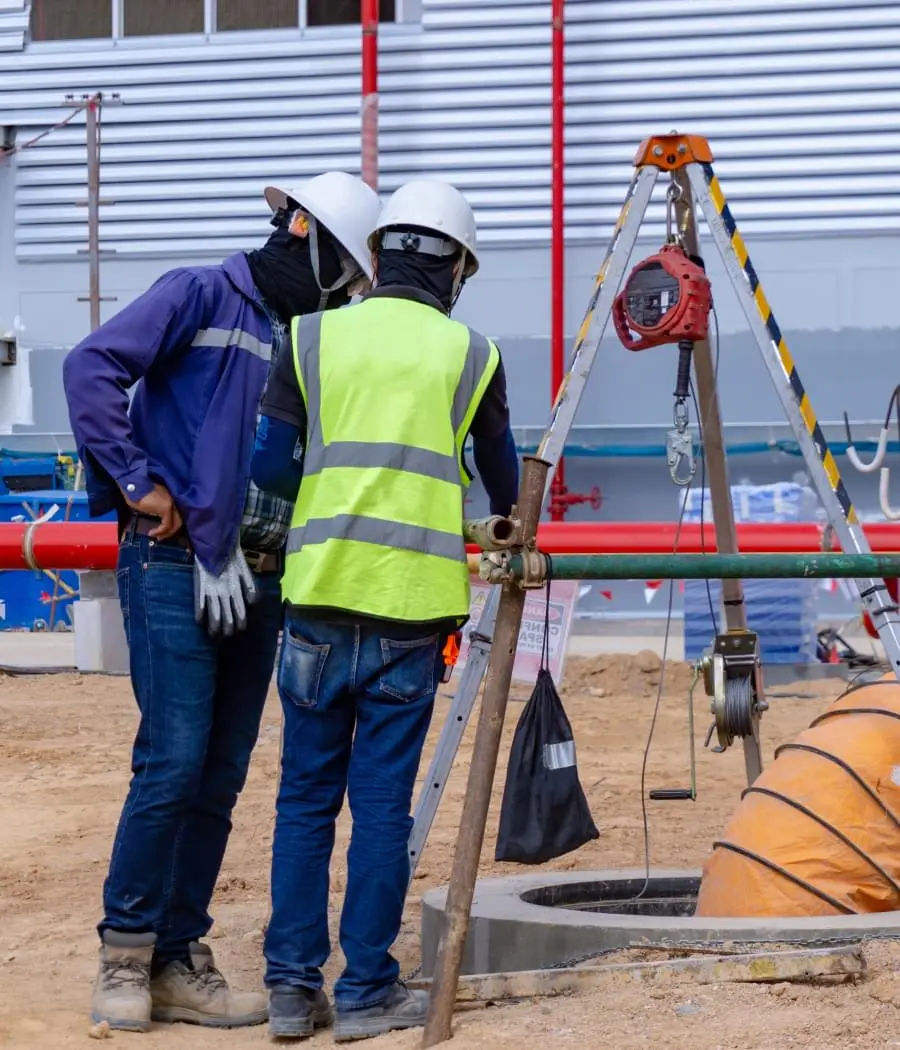
The Confined Space Entry Program standardizes the requirements regarding the permit process, confined space training, and work practices to ensure safe entry into the confined space.
A Confined Space is defined as any area that is not intended for human occupancy, except to perform work, and that also has the potential to contain a dangerous atmosphere.
The Excavation Safety Program was developed to ensure a safe work environment and to protect the health and safety of KAUST Staff and any contractors or vendors working on KAUST premises.
The program sets forth the practices required for trenches or excavations with a depth of 1.2 meters or greater along any portion of its length.


The Safe Lifting Operations Program enables employees, contractors, or service providers to make safe arrangements to use or safely operate lifting equipment.
The program requires employees, contractors, or service providers to ensure that lifting operations carried out as part of their daily operations are done without risks to health and safety and that lifting equipment used in the workplace does not present risks.
The Isolation Lockout and Use of Hold Tags (LOTO) Procedure provide the minimum requirements for safely isolating potentially hazardous energy sources during maintenance and servicing activities.
This Procedure is designed to protect people from hazardous energy sources and to ensure that hazardous isolating devices have been appropriately identified.

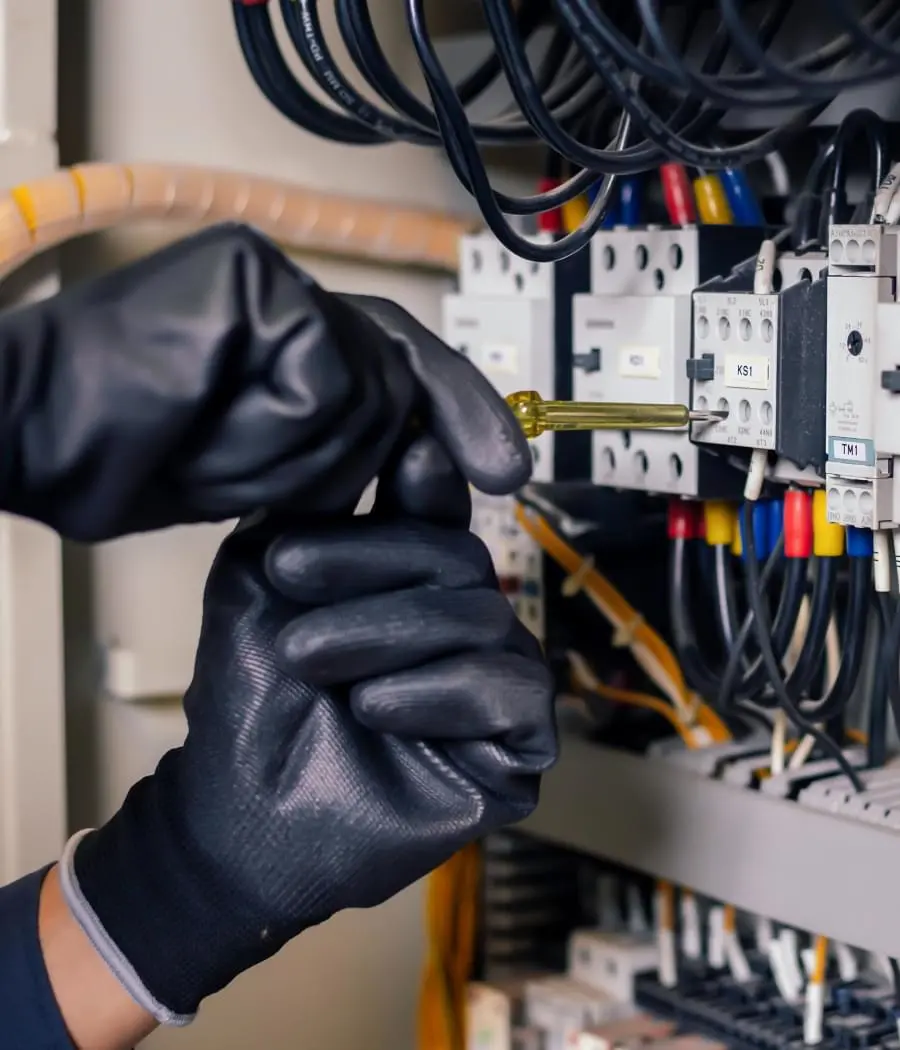
Electricity is a safe and reliable energy source, but, like any other type of energy, it can be hazardous if not used with caution.
We rely on electricity but sometimes underestimate its capability to cause injury. The information presented on this page is available to ensure that you have adequate information to stay safe around electrical hazards.
The Work at Height Program sets the framework for the minimum safety standard required for managing work at height. This program details the necessary measures that should be taken to ensure the safety of any person who is required to work with a risk of falling.
In addition, it provides a clear description of systems developed to ensure the risks of falls have been eliminated or, where this is not possible, reduced to a level that is as low as is reasonably practicable.
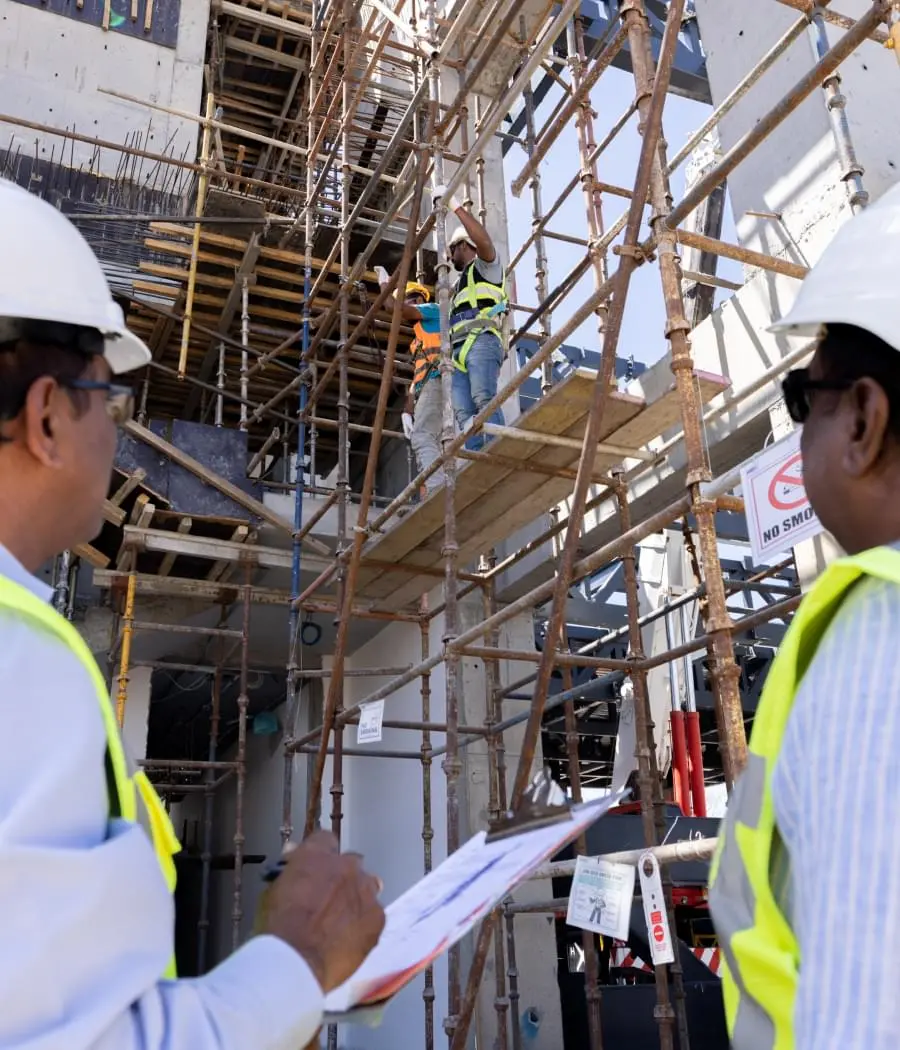

Hot Work is defined as cutting, welding, soldering, and brazing operations for construction, demolition, maintenance, and repair activities that involve using portable gas or arc welding equipment. Using this equipment for cutting and welding can introduce significant fire hazards into KAUST facilities.
The Hot Work Permit requires a task specific risk assessment and method statement to be completed before work starts.
Prevention of heat illness is important, particularly during summer months when ambient temperatures are commonly above 40˚C with high humidity levels.
Heat-related illnesses occur when the body is not able to lose enough heat to off-set the heat generated by physical work and external heat sources.
